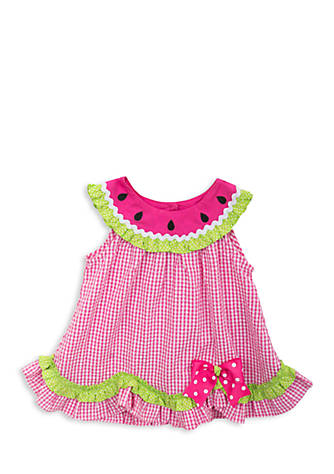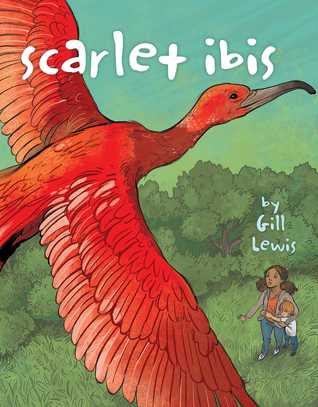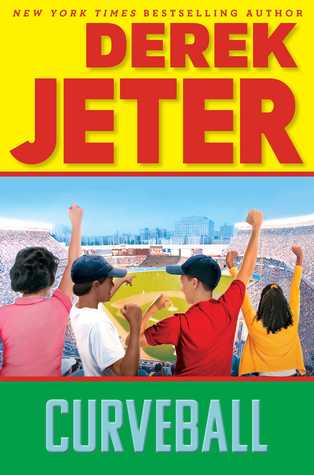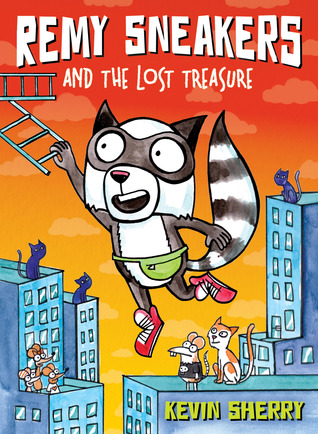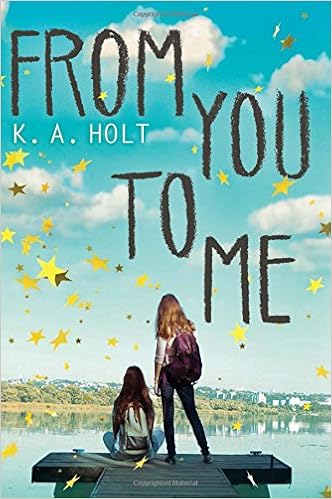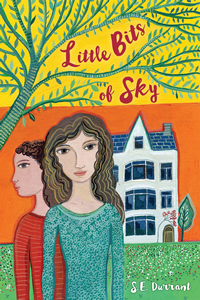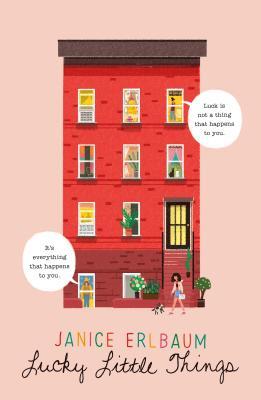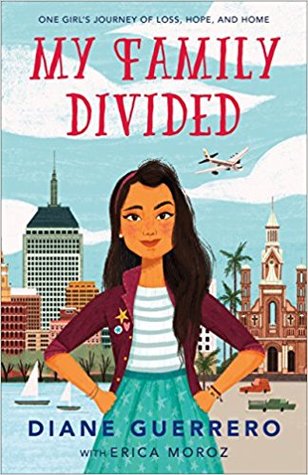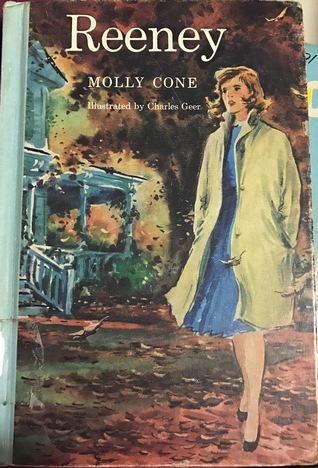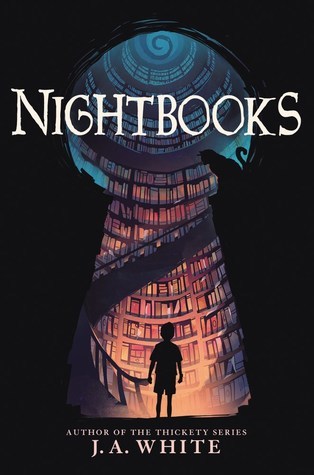It's Marvelous Middle Grade Monday at Always in the Middle and #IMWAYR day at Teach Mentor Texts and Unleashing Readers. It's also Nonfiction Monday.

Schroeder, Lisa.
See You on a Starry Night
June 26th 2018 by Scholastic
Copy provided by
Young Adult Books Central
Juliet's parents have separated, and she has moved into her grandparents' beach cottage with her mom and older sister, Miranda. It's hard to make new friends and get settled into her new community, but luckily, she meets Emma on one of her first trips to the beach. Emma is sending out a note in a bottle and encourages Juliet to do one, as well. They include their e mail addresses but no other identifying information, just to be safe. When Juliet gets an answer right away from a person who seems to be her own age and seems to share her interests, she is a little afraid it's really one of the stinky boys in her school, but is hopeful it is not. While Juliet's mother and sister are busy with their own lives, Emma spends more and more time with Emma and her family, who run the local ice cream parlor and seem to be very organized and efficient, with lots of fun ideas like a job jar lottery. There is also a local book mobile run by an older couple, the Buttons, and soon Juliet is feeling much more at home. She definitely misses her father, who has stayed behind in their old community, but she is learning new ways of communicating with him.
Every child who has divorced parents has a different story, so it's good to see a variety of different ones. Moving is often part of that experience, and Juliet (and the reader!) is lucky that she has moved to such an interesting place and was lucky enough to meet a friend fairly quickly. There is still plenty of drama, but it is reassuring that in the end, Juliet is able to construct a new life for herself, and is able to adapt her relationships with her family to fit her new circumstances. All of the characters have very realistic reactions to the situation-- her mother is stressed but trying to move on, Miranda fits in quickly but still takes time to make sure that Juliet is okay, and we get a fairly vague idea of how the father is coping, in just the same way that his existence is frustratingly shadowy for Juliet as well.
Emma's family is a reassuring presence, and the beach setting makes this a winning choice for readers who enjoyed Greenwald's Dog Beach, Hannigan's Cupcake Cousins or Beil's Summer at Forsaken Lake and I was glad to see that the cover is similar to Schroeder's other middle grade novels, Keys to the City, Sealed with a Secret and My Secret Guide to Paris, since this will make this book easy to find for her fans. This will make a great fall reading book for students who aren't quite ready to be done with summer vacation!
While I do see Schroeder's point about there needing to be books where students who have experienced divorce can seem themselves, the more common situation in my school is students who have never lived with one of their parents. I don't see this in literature quite as much.
Davis, Kenneth C.
More Deadly Than War; The Hidden History of the Spanish Flu Epidemic and the First World War
May 15th 2018 by Henry Holt & Company
Copy provided by
Young Adult Books Central
This well-illustrated book covers a vast amount of historical information concerning both World War I and the Spanish Flu Epidemic, which happened 100 years ago. While there are many volumes of history that covers WWI, there is very little about the Spanish Flu epidemic, which was a terribly devastating event.
The effects of this disease were felt all over the globe, and while the severity of the flu and the social implications it had were far worse than the Black Death (which everyone has studied in school!), there is very little coverage of it in history classes. I knew that it had happened, but had no idea of the ramifications. One of the very effective devices of this book is to record accounts of famous people who survived their affliction. Walt Disney, authors Katharine Porter and Ernest Hemingway, and President Woodrow Wilson all were stricken ill but recovered. In the case of Wilson, the hallucinations attendant upon the disease may have negatively impacted his dealings with the League of Nations, and therefore changed the course of history. Hearing about the people who survived gave a graver feeling of immediacy to the assertion that the contributions of many, many people were lost because they did not survive.
In addition to showing a cross section of famous and ordinary citizens, there are accounts of the effects of the flu from Alaska to US army bases to the US Leviathan and locations in Europe. Doctors at the time struggled to figure out the transmission path of the disease and seemed powerless to halt its progress. Medical treatments at the time are discussed, as are the various methods used to try to stop the virus, from gauze masks to limiting social movements to quack remedies.
Modern medicine has made great strides in both understanding and treating diseases, and toward the end of the book we are given a lot more explanation about why the Spanish Flu was so deadly. This explanation is followed by a rather complete history of medical sleuthing from ancient times to the present complete with time lines, as well as a good index, excellent bibliography, and complete notes.
This is on the lengthier side of narrative nonfiction for younger readers, which might make this more useful for research than pleasure reading. Children who are very interested in medical topics and who enjoyed Jurmain's
The Secret of the Yellow Death: A True Story of Medical Sleuthing, Murphy's
Invincible Microbe: Tuberculosis and the Never-Ending Search for a Cure, Jarrow's
Fatal Fever: Tracking Down Typhoid Mary or
Wittenstein's
For the Good of Mankind? : The Shameful History of Human Medical Experimentation will be riveted by the detailed descriptions of both the disease and its effects on society and the medical communities investigation of the Spanish Flu's genesis and cure.
I didn't find this to be as easily informative as I would have liked-- one of the great things about nonfiction for middle grades it that it makes difficult historical events easy to understand. (Brown's
The Great American Dust Bowl, anyone?) This went back and forth between the flu and the war in a somewhat confusing manner. I was hoping for something more like Blumenthal's
Six Days in October, which finally allowed me to understand the 1929 stock market crash, or the aforementioned
The Secret of the Yellow Death, both of which made things so very clear, plus were written in a way that I annoyed my daughters by reading half of the books aloud to them because they were just so interesting. This book was certainly informative, but not in an easy, fun way. What can I say? It's summer, so maybe I'm feeling lazy!
 Baldwin, Cindy. Where the Watermelons Grow
Baldwin, Cindy. Where the Watermelons Grow

